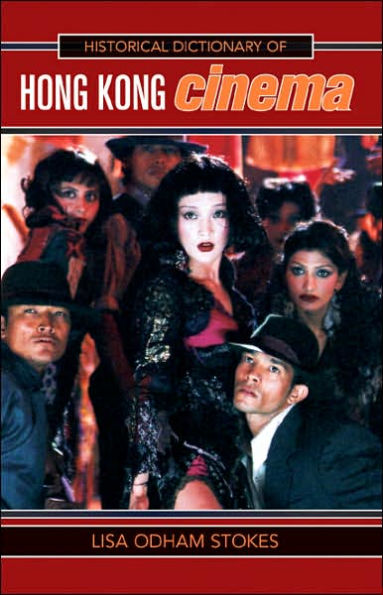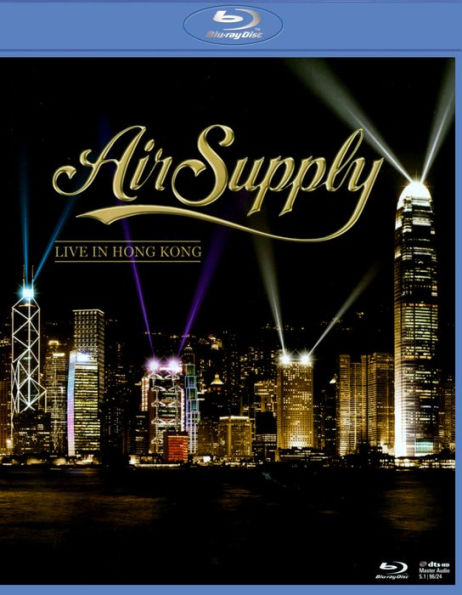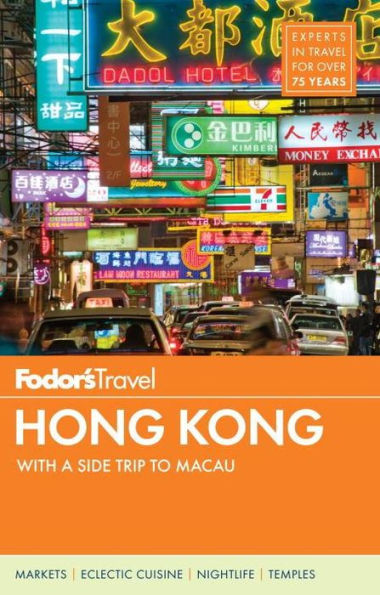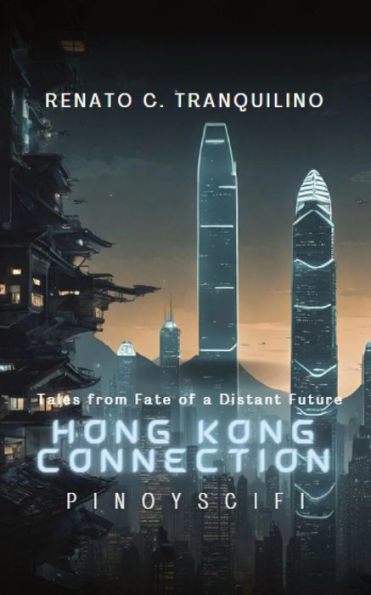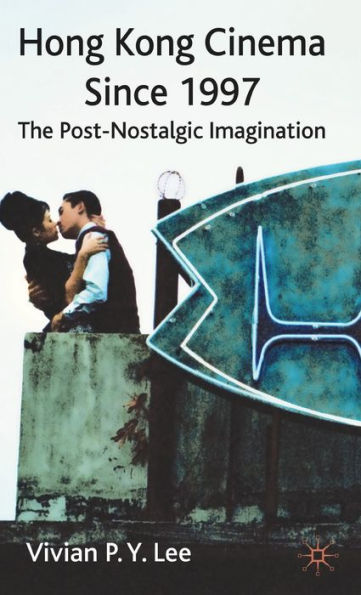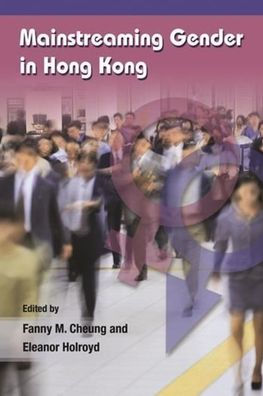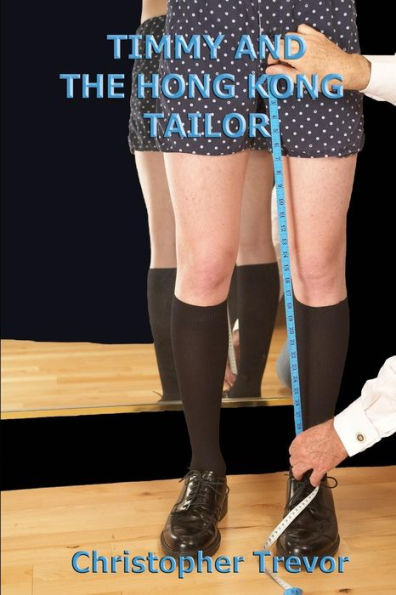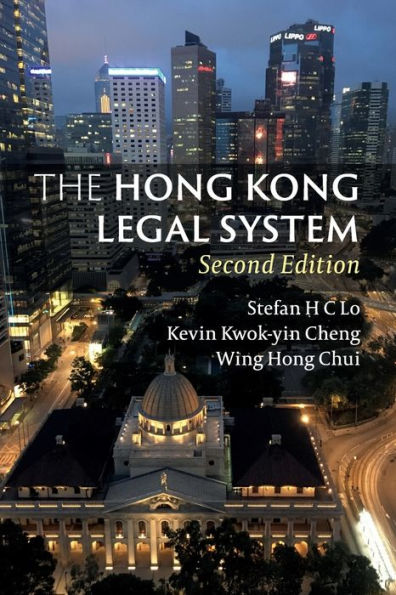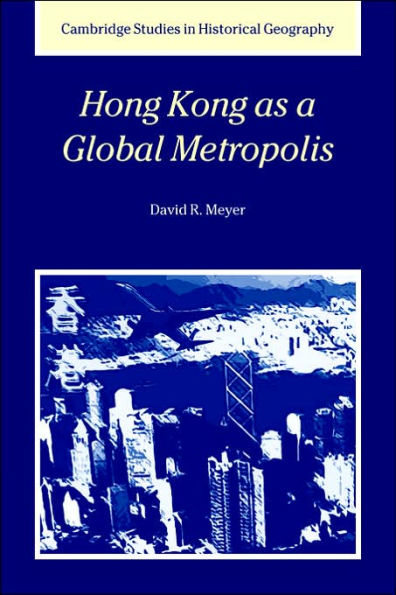Home
Hong Kong Cinema and Sinophone Transnationalisms
Barnes and Noble
Hong Kong Cinema and Sinophone Transnationalisms
Current price: $130.00
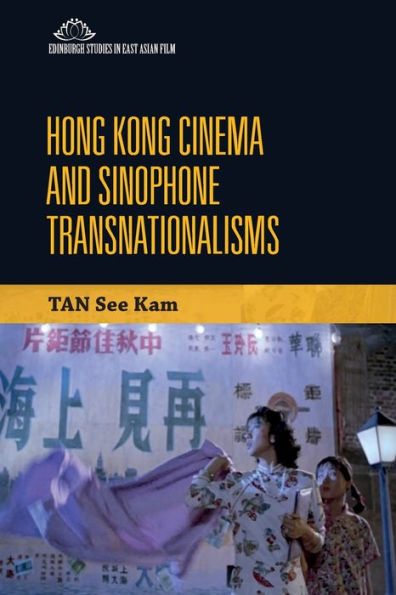

Barnes and Noble
Hong Kong Cinema and Sinophone Transnationalisms
Current price: $130.00
Size: Hardcover
Loading Inventory...
*Product information may vary - to confirm product availability, pricing, shipping and return information please contact Barnes and Noble
Hong Kong Cinema and Sinophone Transnationalisms
explores the intricate complexity of selected films and film-making practices from 1930s Hong Kong (and Shanghai) to the later ‘new wave’ phenomenon of the 1980s. The result is a Sinophone cinema that created some very different ways of understanding ‘China’ and ‘Chineseness’, developing their own ‘cosmopolitan dreaming’ within the cultural and economic changes of those times. Exploring sinification and its multiple manifestations in film, the book examines cinematic genres including Huangmei Opera films,
qiqing
(strange or queer romance) films,
fanchuaners
(professional cross-sex performers) in film, Hong Kong’s Bond Movies (
bangpian
), erotic (
fengyue
) films, and New Wave Hong Kong cinema. In doing so, this book lays fruitful foundations for further understanding the development and changing faces of Hong Kong films and sinophone transnationalism in the even more complex and changing times of today.
explores the intricate complexity of selected films and film-making practices from 1930s Hong Kong (and Shanghai) to the later ‘new wave’ phenomenon of the 1980s. The result is a Sinophone cinema that created some very different ways of understanding ‘China’ and ‘Chineseness’, developing their own ‘cosmopolitan dreaming’ within the cultural and economic changes of those times. Exploring sinification and its multiple manifestations in film, the book examines cinematic genres including Huangmei Opera films,
qiqing
(strange or queer romance) films,
fanchuaners
(professional cross-sex performers) in film, Hong Kong’s Bond Movies (
bangpian
), erotic (
fengyue
) films, and New Wave Hong Kong cinema. In doing so, this book lays fruitful foundations for further understanding the development and changing faces of Hong Kong films and sinophone transnationalism in the even more complex and changing times of today.
